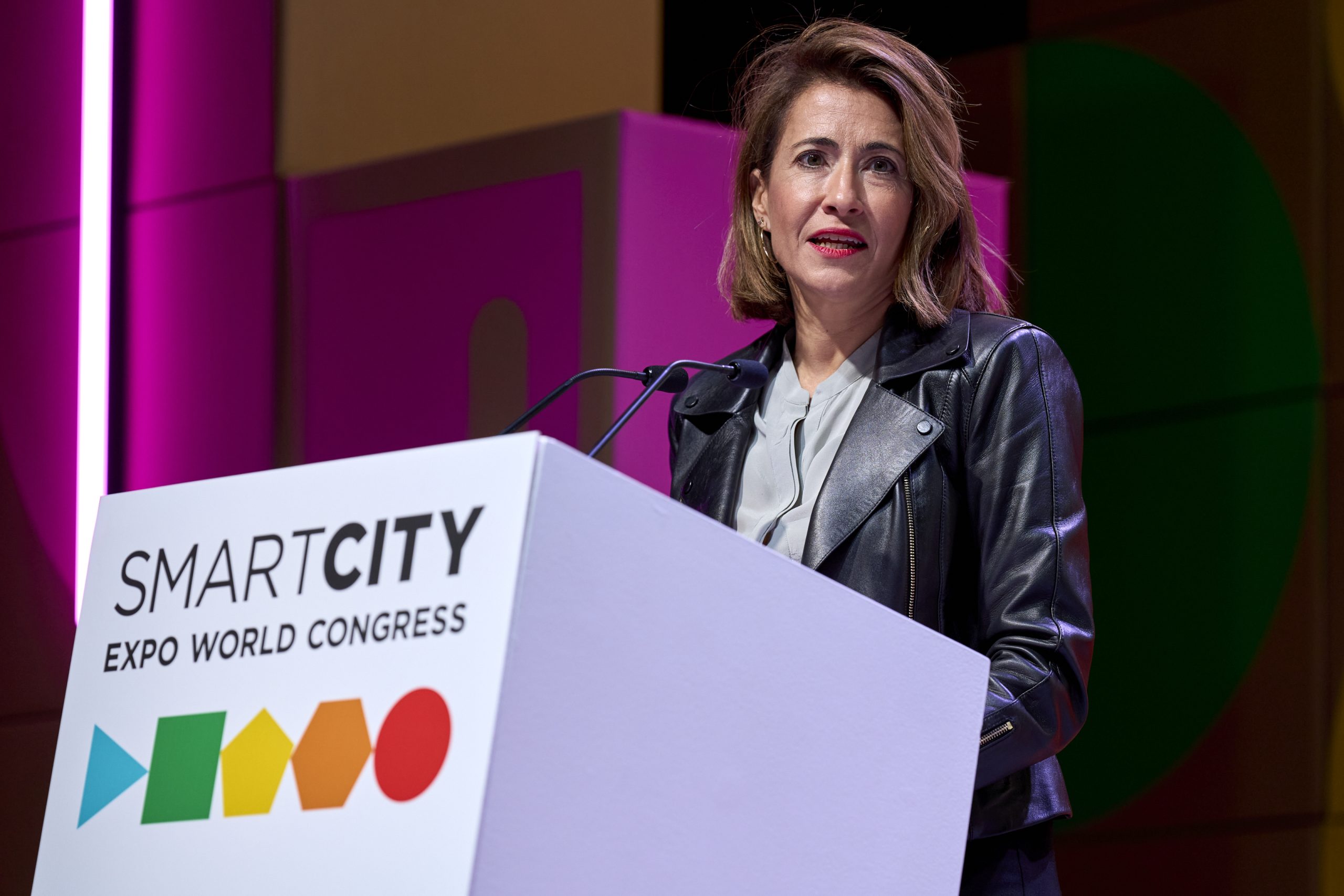Author | M. Martínez Euklidiadas
The urban concept of hyperlocal growth and the design of activity centers is gaining strength within climate change adaptation strategies and economic stability strategies, because all forms of urban development implemented today will be locked in for decades.
What is the urban planning concept of activity center?
An activity center is a vibrant, dynamic, diverse, energetic and lively area that attracts people for shopping, work, school, recreation and socializing, with relatively low population density, mixed-use development instead of zoning and an environment characterized by pedestrians or cyclists rather than cars or motorbikes.
"Activity center" is the name used by urban planners to define a type of city that seeks to concentrate services locally, instead of the urban sprawl form of development, particularly useful in the construction of sustainable urbanism.
Recent studies on the concept of activity center define it as "places within regions where economic, physical, social, and civic assets cluster at a clearly defined hyperlocal scale". Often, the activity center is seen as a tool for reducing the dependence on cars and other forms of energy waste, materials or territory.
Types of activity centers
There are various types of activity centers, which are normally local and sometimes hyperlocal. Financial districts, town centers, liveable neighborhoods and the development of mixed-use tend to be some of those most mentioned.
- Downtown. The downtown is the activity center par excellence. It has always been the most common, and emerged naturally in the middle of cities as a result of the constant flow through the area.
- Mixed-use development. This type of development, characterized by housing units built above retail and leisure units, next to schools, offices or health centers, is currently considered the future of sustainable urbanism.
- Liveable neighborhoods. Similar to mixed-use development and dependent on this, these types of neighborhoods stand out because of their quality of life since reclaiming city streets for people.
- Financial districts. Although financial districts were initially built on the outskirts of cities, it is now more common to integrate them within the city fabric and they can now be found below or above residential units, reducing vehicle dependency to get to them.
Advantages of activity centers for society
There are considerable benefits of hyperlocalism compared to urban sprawl.
Activity center, a place for opportunities
The activity center has always been an essential component for building prosperous and efficient metropolitan areas; and, in their environmental, economic and social aspects, also sustainable areas.

It has been demonstrated that activity centers in metropolitan areas attract talent, and concentrate jobs, occupying a small area, which generates positive feedback and virtuous cycles of innovation.
It has also been demonstrated that activity centers and their peripheral areas are more inclusive and accessible. Low-income households and vulnerable groups benefit from this type of urban distribution.
Active transport and safety in activity centers.
Activity centers drastically increase walkability, cycling and the emergence of public transport. Activity centers, based on the concept of hyperlocal growth, are environments in which it is easier to walk and cycle.
Among the safety-related advantages, activity centers are capable of creating a ‘sense of community‘, which improves the quality of life of residents and improves safety and security and, more importantly, perceived security, by dissuading criminal activities through informal surveillance.
Activity centers, economically sustainable
One of the essential aspects for any form of urban planning is understanding the economic flows that will support public services, and under what circumstances the proposed system is unsustainable.
The segregated and zoned structure of urban sprawl, often implemented by the governments of the past, has proven to be physically fragile, as its taxes cannot cover minimum public costs and it transfers its fiscal burden onto new generations in what has been characterized as a Ponzi scheme or pyramid scam.

On the other side of the spectrum, urban planning based on medium density and hyperlocal growth is not only capable of covering its own costs, but also of generating surpluses that help subsidize other areas such as health or education.
All the reports conducted to date (like this one for example) agree that hyperlocal growth is much more affordable. Compact urbanism is estimated to have average savings on infrastructure of 38%, plus savings of 10% on services such as police, ambulance or fire services.
Greater density, greater innovation
Metropolitan areas that concentrate activity centers are much more productive, particularly the denser ones. What is interesting in this regard is that an activity center provides productivity for the entire city, not just a specific area.
The disadvantages of hyperlocalism refer to regulatory issues
Does this mean that there are no disadvantages to hyperlocalism and activity centers? The truth is no,however, these disadvantages stem from lack of regulations:
"Local policies play a key role", as it is often said. Houses next to an activity center tend to be more expensive, due to demand, favoring gentrification processes if urban centers are designed in only certain parts of a city and if there is not a price limit. To prevent activity centers from becoming congested spaces, characterized by social expulsion or rejection towards certain activities, it is essential to design a multi-polar city (many cities instead of just a few, such as in the 15-minute city), ubiquitous hyperlocal growth and regulations.

Furthermore, activity centers can quickly become highly polluted places, if the increase of lanes for polluting traffic is not limited. Despite density entailing lower impact per capita, concentration can convert the area into an unhealthy space. The way to prevent this is simple: provide more space for walking and cycling, not for private vehicles; and avoid the use of temperature control system based on the combustion of fuel.
The future of the ‘place’ and its relationship with work
Places, social interaction spaces, are different to no-places in that they are alive, they attract people and allow these to interact with one another. A pacified street is a place, a highway can never be one.

If from 2005 to 2015 workers concentrated in a unipolar urban center (a single center per city), after the pandemic, part of the concentration of workers shifted, not towards urban sprawl, but rather towards a form of multipolar concentration. That is, instead of concentrating in a single activity center, they do so across a peri-urban perimeter or belt, called a doughnut.
This provides added advantages for the concentration of activity in cities, as it is a type of density increase that is not dependent on interurban travel related to emissions or commuting, and it benefits local work, hyperlocal lives and the creation of communities away from commuter towns.
Images | Call Me Fred, Michael Tuszynski, L’odyssée Belle, Louis Hansel






















































